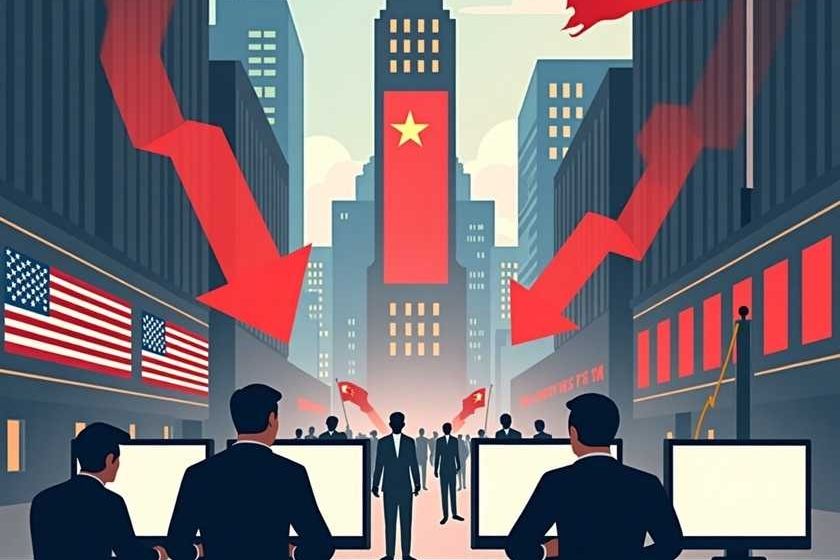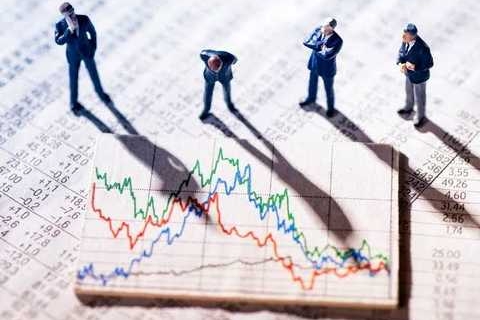In early May 2025, U.S. stock markets have once again found themselves riding a wave of uncertainty—this time triggered by shifting signals in trade talks and aggressive tariff policies. With no signs of renewed U.S.-China negotiations and new global tariffs looming under President Trump’s “Liberation Day” doctrine, investors are grappling with a highly unpredictable landscape.

Uncertainty Strikes Wall Street
On May 6, the Dow Jones Industrial Average slid more than 300 points after hedge fund manager Scott Bessent confirmed that no trade talks with China were scheduled. Adding fuel to the fire, President Trump stated that the U.S. “doesn’t have to sign deals” and is willing to “go it alone,” reinforcing a protectionist stance.
This kind of messaging rattles investors, especially in industries heavily reliant on international trade—like technology, auto, and agriculture. As headlines shift, so does investor confidence, resulting in sharp market swings.
Tariffs as a Policy Weapon
The so-called “Liberation Day” tariffs have targeted over 180 countries with broad levies, disrupting private equity transactions, corporate supply chains, and cross-border mergers. While supporters argue this strengthens U.S. sovereignty and domestic manufacturing, businesses warn that higher import costs could trickle down to consumers—and quickly.
From Wall Street’s perspective, such abrupt policy shifts make long-term investment strategies harder to plan. A single tweet or press conference can move the market in minutes.
Why Retail Investors Should Pay Attention
While big institutional investors may have hedging strategies, average retail investors are more exposed to the ripple effects of volatility. If you’re invested in index funds, retirement accounts, or tech-heavy portfolios, these trade uncertainties can shrink gains—or even lead to temporary losses.
It’s crucial for everyday investors to stay informed. Keep an eye on Fed commentary, trade announcements, and especially developments out of Washington. Diversifying your portfolio, maintaining a long-term view, and not panic-selling during sharp drops are all ways to safeguard your investments.
Global Trade, Local Impact
The irony of tariff-driven economic strategies is that while they aim to assert U.S. strength on the global stage, their immediate impact is deeply local. Whether it’s a higher price tag on groceries, increased production costs for small manufacturers, or another dip in your 401(k), the consequences are being felt at home.
Final Thoughts
Trade policy has become a financial market driver as much as interest rates and corporate earnings. In 2025, the global economy is so tightly interlinked that even the hint of trade friction can shake Wall Street. For investors, business owners, and anyone saving for the future, understanding the link between geopolitics and your portfolio is no longer optional—it’s essential.
